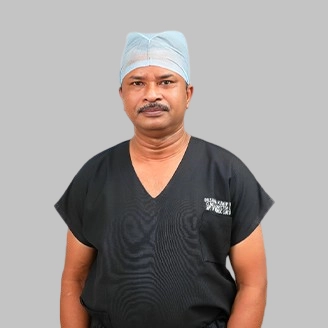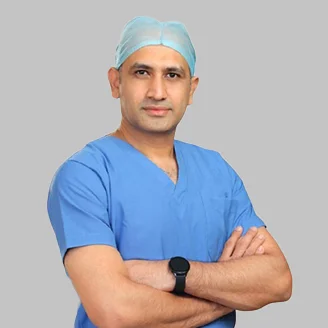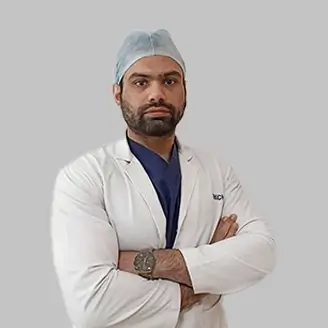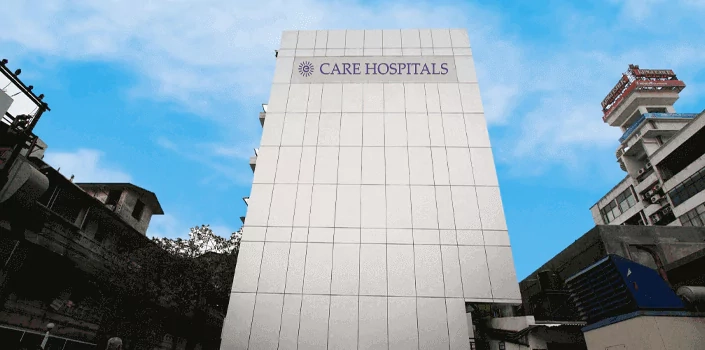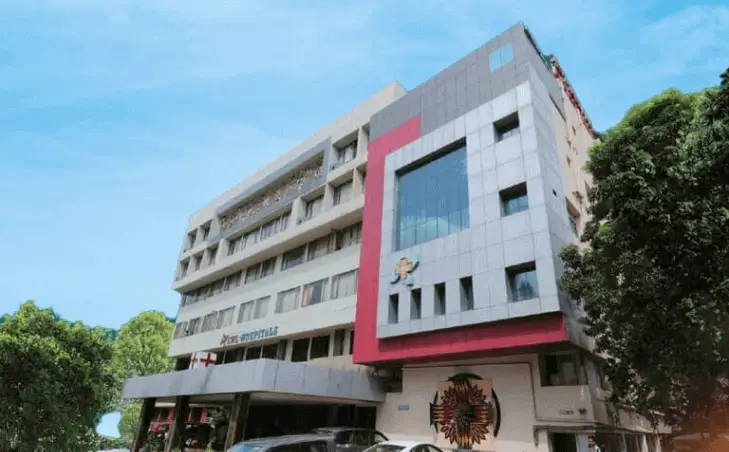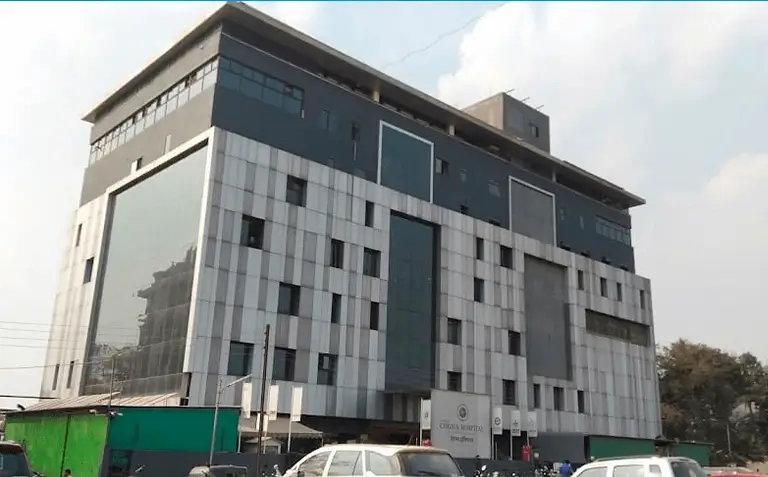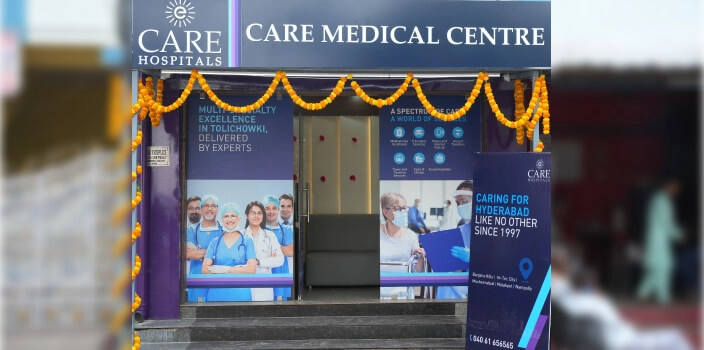-
Doctors
-
Specialities & Treatments
Centre of Excellence
Specialties
Treatments and Procedures
Hospitals & Directions HyderabadCARE Hospitals, Banjara Hills CARE Outpatient Centre, Banjara Hills CARE Hospitals, HITEC City CARE Hospitals, Nampally Gurunanak CARE Hospitals, Musheerabad CARE Hospitals Outpatient Centre, HITEC City CARE Hospitals, Malakpet
HyderabadCARE Hospitals, Banjara Hills CARE Outpatient Centre, Banjara Hills CARE Hospitals, HITEC City CARE Hospitals, Nampally Gurunanak CARE Hospitals, Musheerabad CARE Hospitals Outpatient Centre, HITEC City CARE Hospitals, Malakpet Raipur
Raipur
 Bhubaneswar
Bhubaneswar Visakhapatnam
Visakhapatnam
 Nagpur
Nagpur
 Indore
Indore
 Chh. Sambhajinagar
Chh. SambhajinagarClinics & Medical Centers
Book an AppointmentContact Us
Online Lab Reports
Book an Appointment
Consult Super-Specialist Doctors at CARE Hospitals

Best Hospital for Hemarthrosis Knee Surgery in Hyderabad
- Advanced Technology
- Shorter Hospital Stay
- Pre & Post-Operative Care
- All Insurance Accepted

Chat With Our Experts
Get second opinion on Whatsapp
25 lakhs+
Happy Patients
Experienced and
skilled surgeons
17
Health Care Facilities
Top most Referral Centre
for Complex Surgeries
Advanced Hemarthrosis Knee Surgery
Blood collecting inside the knee joint causes haemarthrosis knee, which results in pain and restricted movement. Almost 50% of people with haemophilia experience this condition during their lifetime, though anyone can develop it after an injury. The presence of blood that fills the joint space faster after a knee injury indicates serious internal damage in the majority of cases.
A fall or sports injury that causes knee bleeding typically shows clear symptoms. The joint becomes swollen and warm, making it hard to bend. Even a single instance of blood exposure can permanently damage the joint surface. The proper treatment depends on what caused the condition and how severe it is. Proper medical attention becomes crucial because untreated haemarthrosis can trigger early-onset osteoarthritis. Blood in the knee joint poses a significant risk, especially when you have its toxic effects damaging both cartilage and the synovial membrane lining the joint.
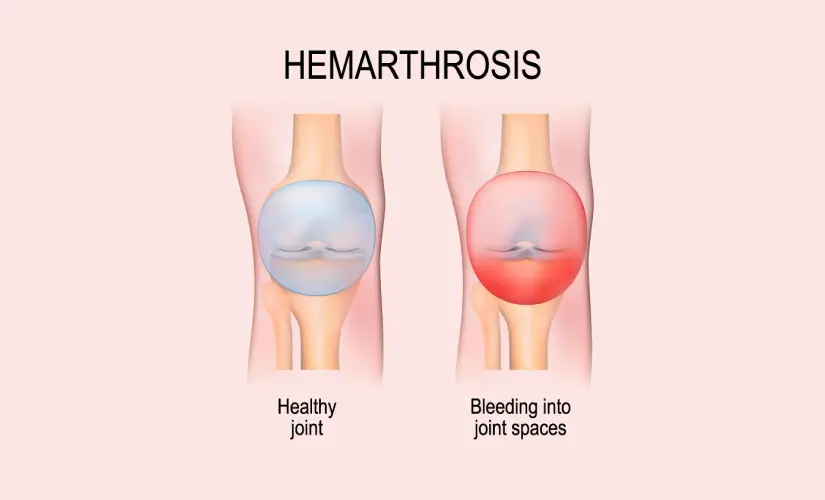
Why CARE Group Hospitals is Your Top Choice for Haemarthrosis Knee Treatment in Hyderabad
CARE Hospitals pioneers the treatment of haemarthrosis knee conditions with specialised orthopaedic experts. The hospital uses an all-encompassing approach that helps patients with knee bleeding issues. Patients receive complete care from diagnosis through recovery.
The hospital's minimally invasive procedures help patients with hemarthrosis knee symptoms heal faster with less discomfort. The core team provides full support during recovery, and the resilient infrastructure creates an ideal healing environment.
Best Hemarthrosis Knee Surgery Doctors in India


Cutting-edge Surgical Innovations at CARE Hospital
CARE Hospitals excels in several orthopaedic specialties:
- Trauma and Accident Surgery to manage injuries effectively
- Sports Medicine & Arthroscopy for ailments that require minimally invasive interventions
- Joint Replacements (total or partial) to solve joint ailments completely
- Ortho Oncology for musculoskeletal tumours
- Cutting-edge treatments for hand and wrist disorders
The hospital also leads in robotic technology for orthopaedics.
The hospital provides complete diagnostic services along with advanced imaging technology. These give patients peace of mind about their treatment success.
The orthopaedic team works together with physiotherapists and rehabilitation experts to create recovery plans that improve mobility and quality of life.
CARE Hospitals puts patients first with patient-specific treatment plans. Orthopaedic surgeons keep patients informed about their condition and treatment options. This approach, combined with advanced surgical techniques and rehabilitation programmes, makes CARE Hospitals the best choice for patients with knee bleeding after falls or other hemarthrosis knee conditions.
Conditions for Hemarthrosis Knee Surgery
A patient needs surgery for haemarthrosis knee in these situations:
- Recurrent bleeding episodes revolutionise the knee into a "target joint" - this happens when four separate bleeds occur in the same joint over a 6-month period
- Chronic synovitis continues despite standard treatment
- Extensive joint damage creates severe pain that affects daily activities
- Postoperative recurrent hemarthrosis develops after knee arthroscopy or total knee arthroplasty
- Benign tumours trigger repeated bleeding episodes
- Ruptured aneurysms cause uncontrolled bleeding
- Factor XIII deficiency leads to unexplained postoperative bleeding even with normal standard coagulation studies
Doctors need to perform surgery quickly to stop bleeding, clear blood from the joint, and fix the underlying damage. Quick treatment prevents long-term problems like arthritis.
Types of Hemarthrosis Knee Procedures
Doctors choose from these procedures based on each patient's condition:
- Synovectomy - Takes out the joint lining (synovium) that becomes thick with blood vessels. Patients experience less pain & a better range of motion.
- Joint replacement surgery - Doctors save this option for severe cases with chronic pain that affects daily life. The procedure replaces damaged joints and bones with plastic and metal parts.
- Arthroscopy - Helps doctors diagnose and treat joints through small cuts
- Cheilectomy - Removes small bone growths on the joint
- Arthrodesis - Joins the bones together for stability
- Osteotomy - Takes out a piece of bone to align the leg and reduce pain
- Vascular procedures - Include fixing blood vessels through revision angioplasty or arterial embolisation
Recovery includes rehabilitation programmes that improve range of motion, weight-bearing ability, and joint strength. Working with physical therapists who specialise in joint bleeding treatment leads to the best recovery results.
About the Procedure
Let's explore what happens before, during, and after this surgical trip.
Pre-surgery Preparation
You will need to complete several steps to prepare for haemarthrosis knee surgery:
- Medical Evaluation - Blood work and coagulation studies help identify potential bleeding disorders
- Medication Adjustments - Your doctor might ask you to stop taking anticoagulants or antiplatelet therapy
- Joint Assessment - You may need X-rays, MRI, or angiography tests
Patients with suspected bleeding disorders might need specific factor assays to check factor XIII activity. Standard coagulation studies cannot detect this.
Hemarthrosis Knee Surgical Procedure
Your surgeon will choose the best approach based on what's causing your knee bleeding. Here are the main options:
- Synovectomy - Removes the synovial lining that contains bleeding blood vessels. Three types are available:
- Radioactive method: Doctors inject radioactive fluid into the joint
- Arthroscopic surgery: Surgery uses small incisions with camera guidance
- Open surgery: The joint needs a complete opening
- Joint Replacement - This option helps severe cases where chronic pain affects daily life
- Arthroscopic Procedures - Surgeons can see prominent hardware, damaged cartilage, and intra-articular tissues
Post-Surgery Recovery
The recovery starts with joint immobilisation, followed by ice & compression to manage pain and swelling. Physical therapy plays a key role in the following:
- Managing inflammation and pain
- Helping you move better
- Building muscle strength around the joint
- Getting your knee working properly
Recovery takes several weeks. Some patients need factor replacement three times weekly to keep 20-30% of normal levels.
Risks and Complications
These complications are rare but possible:
- Infection
- Hemarthrosis
- Blood vessels and nerves near the knee might get damaged.
Benefits of Hemarthrosis Knee Surgery
A successful surgery can:
- Help you move with less pain
- Stop long-term joint damage
- Reduce how often bleeding happens
- Make daily life better
Insurance Assistance for Hemarthrosis Knee Surgery
Most insurance plans cover this surgery with certain rules:
- You might wait 24 months for knee procedures
- Coverage amounts could have limits
- Plans usually cover costs before and after hospital stays
- Network hospitals offer cashless treatment
Second Opinion for Hemarthrosis Knee Surgery
A second opinion before a knee surgery gives you:
- Fresh points of view about treatment choices
- Confidence in your diagnosis and treatment plan
- Peace of mind about your decision
- Options for online consultations
Hemarthrosis Knee Surgery Hospitals in India
-
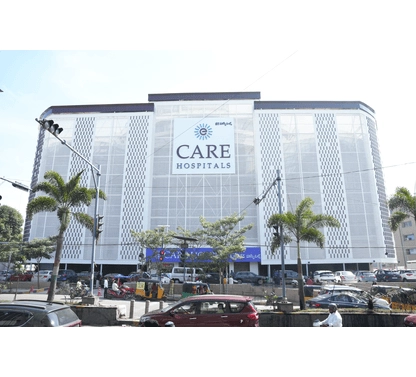
CARE Hospitals, Banjara Hills, Hyderabad
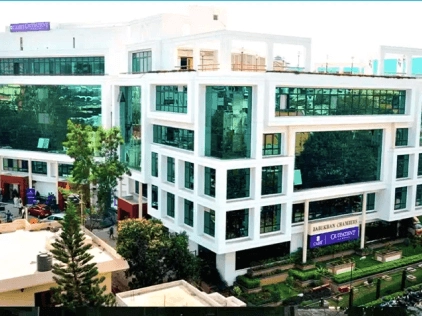
CARE Hospitals Outpatient Centre, Banjara Hills, Hyderabad
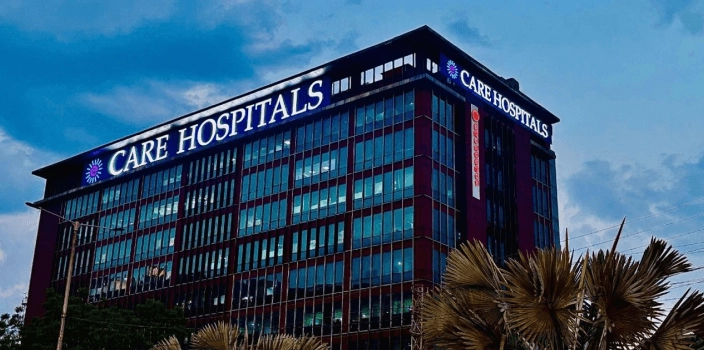
CARE Hospitals, HITEC City, Hyderabad
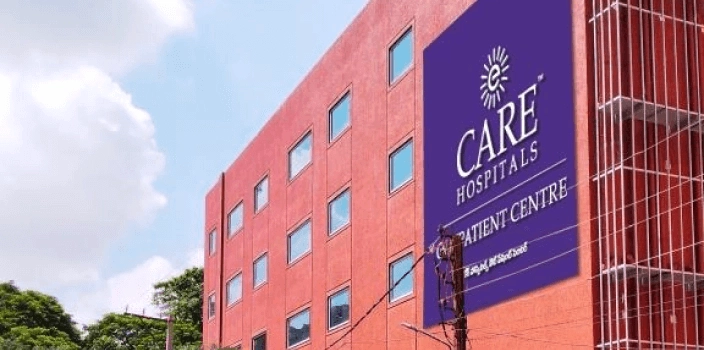
CARE Hospitals Outpatient Centre, HITEC City, Hyderabad
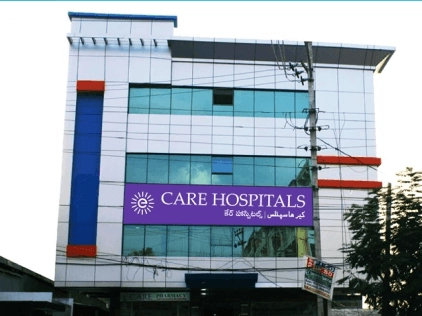
Gurunanak CARE Hospitals, Musheerabad, Hyderabad

CARE Hospitals, Nampally, Hyderabad
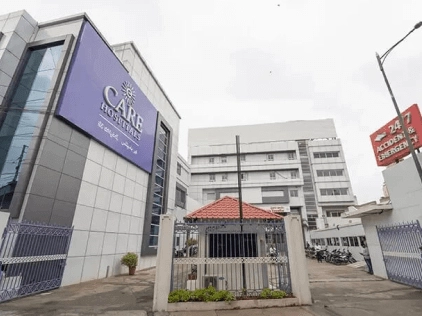
CARE Hospitals, Malakpet, Hyderabad
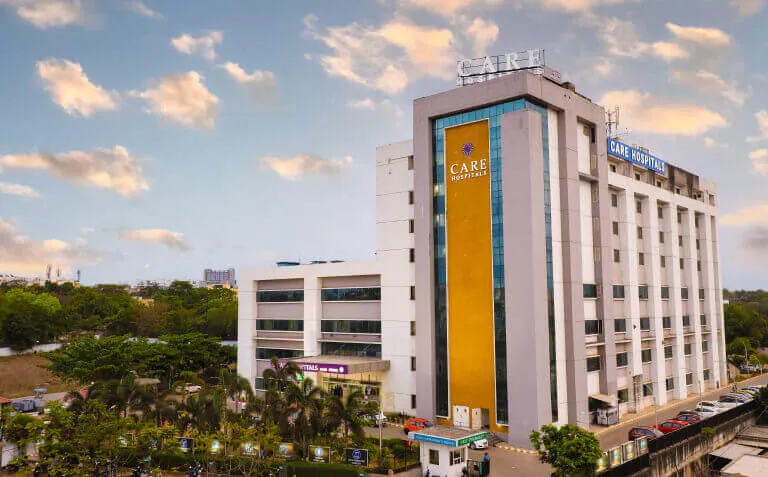
CARE Hospitals, Bhubaneswar
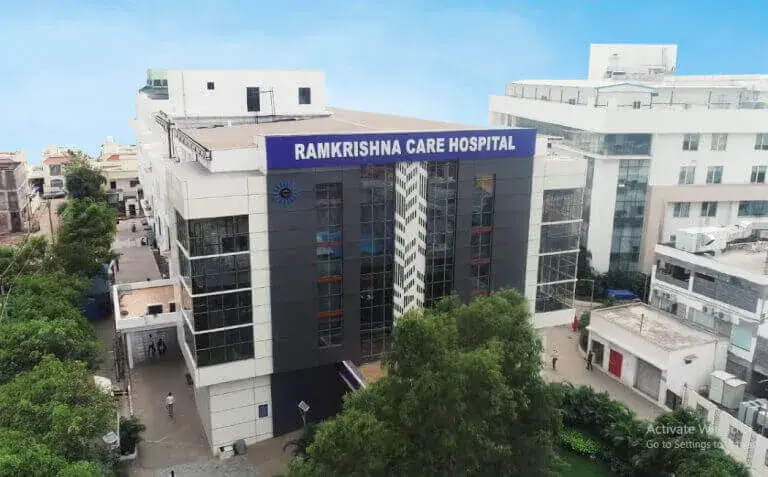
Ramkrishna CARE Hospitals, Raipur
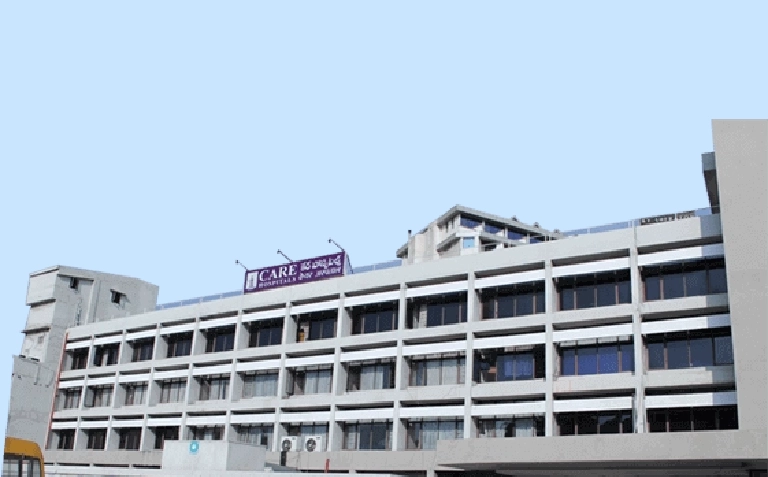
CARE Hospitals, Ramnagar, Visakhapatnam
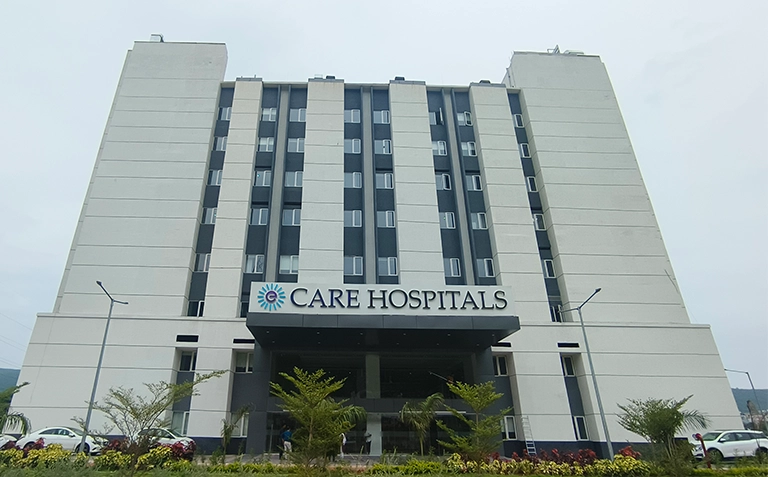
CARE Hospitals, Health City, Arilova
Related Surgeries
- Best Hospital for Spinal Fusion Surgery in Hyderabad
- Best Hospitals for Ankle Surgery in Hyderabad
- Best Hospital for Carpal Tunnel Release Surgery in Hyderabad
- Best Hospitals for Ligament Repair Surgery in Hyderabad
- Best Hospitals for Elbow Surgery in Hyderabad
- Best Hospitals for Arthroscopic Meniscal Repair Surgery in Hyderabad
- Best Hospital for Arthroscopy Surgery in Hyderabad
- Best Hospital for ORIF(Open Reduction Internal Fixation) Surgery in Hyderabad
- Best Hospital for Spine Decompression Surgery in Hyderabad
- Best Hospitals for Shoulder Arthroscopy Surgery in Hyderabad
- Best Hospital for K-Wire Fixation Surgery in Hyderabad
- Best Hospitals for Arthroscopic Knee Aspiration Surgery in Hyderabad
- Best Hospital for Bipolar Hemiarthroplasty Surgery in Hyderabad
- Best Hospital for Hemarthrosis Knee Surgery in Hyderabad
- Best Hospital for Meniscus Surgery (Meniscectomy) in Hyderabad
- Best Hospital for Proximal Femoral Nail (PFN) Surgery in Hyderabad
- Best Hospitals for Osteotomy Surgery in Hyderabad
- Best Hospitals for Arthroscopic Reconstruction Surgery in Hyderabad
- Best Hospitals for Bone Marrow Aspirate Concentrate (BMAC) Surgery in Hyderabad
- Best Hospital for Tension Band Wiring Surgery in Hyderabad
- Best Hospital for Shoulder Rotator Cuff Repair Surgery in Hyderabad
- Best Hospital for Shoulder Replacement Surgery in Hyderabad
- Best Hospital for Humerus Plating Surgery in Hyderabad
- Best Hospital for Tendon Repair Surgery in Hyderabad
- Best Hospital for Spinal Decompression Surgery in Hyderabad
- Best Hospital for Posterior Cruciate Ligament (PCL) Surgery in Hyderabad
- Best External Fixator Surgery in Hyderabad
- Best Hospital for UCL Reconstruction Surgery in Hyderabad
Frequently Asked Questions
Doctors perform hemarthrosis knee surgery to remove blood from the knee joint and fix the bleeding cause. The surgery types are:
- Synovectomy – removes the joint lining that has blood vessels
- Joint replacement – puts artificial components in place of damaged joint
- Arthroscopic procedures – treat the joint through small incisions
The surgery takes 1-2 hours, based on the procedure type. Arthroscopic procedures need less time than open surgeries like synovectomy or joint replacement.
The surgery risks include:
- Infection
- Recurrent bleeding
- Damage to nearby blood vessels or nerves
- Blood clots in the legs
Recovery needs several weeks. Swelling and pain get better within days, but full healing takes 6-8 weeks. Physiotherapy helps you regain strength and mobility.
Hemarthrosis itself isn't permanent. Untreated or repeated bleeding can damage joints permanently and lead to degenerative arthritis.
Many cases get better with conservative treatment alone. The treatment options include:
- RICE (rest, ice, compression, elevation)
- Joint aspiration to remove blood
- Immobilisation with splints
- Pain medication
Blood in the joint can damage cartilage. Long-term exposure to blood leads to synovial hypertrophy, fibrosis, and cartilage destruction.
You can manage hemarthrosis at home by:
- Resting your knee
- Putting ice packs on for 15-20 minutes several times daily
- Using compression bandages to reduce swelling
- Keeping your leg above heart level
- Avoiding blood-thinning medications like ibuprofen unless your doctor approves
- Maintaining a healthy body weight to reduce knee pressure
Still Have a Question?







